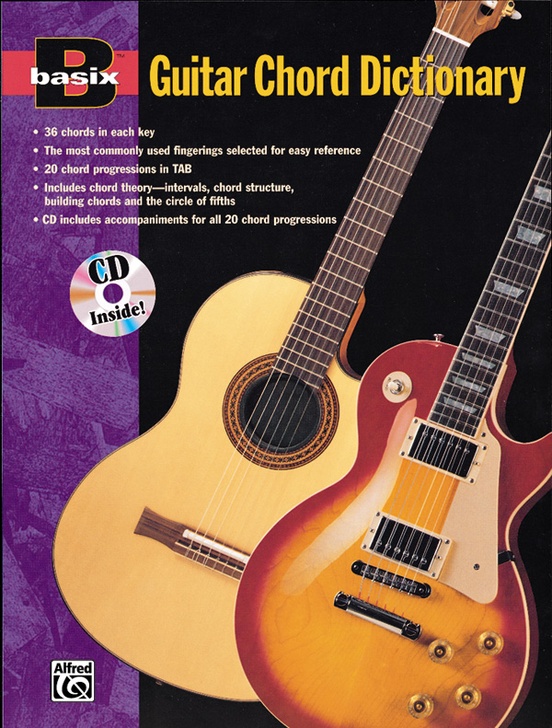
- Steel guitar chord dictionary how to#
- Steel guitar chord dictionary pro#
- Steel guitar chord dictionary free#
Solo Guitar Playing by Frederick Noad 187 pgs. The Classical Guitar by Frederick Noad NEW 144 pgs.
Steel guitar chord dictionary pro#
Play Rock Guitar Today-a short cut to the pro sound by Jerry Ackley 24 pgs. #1975 guitar chord dictionary by morton manus pro.
Steel guitar chord dictionary free#
If you have any questions or comments about the guitar chords in this post please feel free to leave a comment in the comments section below. If you are going to go for paid lessons the best that I?ve seen so far is Jamplay. There are both free and paid lesson reviews there. Check out my online lesson reviews in the menu above.

Steel guitar chord dictionary how to#
You should also practice transitioning between the different guitar chords.įor more guitar chords plus video lessons on how to play them and some good techniques on how to transition it?s a good idea to check out some online video lessons. The more you practice the more natural these guitar chords become. How I like to play this chord is to mute the Low E string with my thumb (bringing it over the neck of the guitar) and to mute the A string with the tip of my third finger but this might be too difficult to start with – so you can start out just making sure you miss the Low E and A strings as you strum. However it won?t sound right if you play the Low E string. You need to bar both the B and high E strings with your first finger and you also need to make sure you miss both the Low E and A strings as you strum.Īlthough if you play the A string it won?t matter too much as there is an A note in the chord so it will still sound fine. The F chord is perhaps the most difficult of the open guitar chords in this list. Move the 3rd finger up to the B string 3rd fret and place the 4th finger on the high E string 3rd fret. The A minor Chordįor an alternative G major open chord you can bring in the 4th finger. You?ll know what I mean when you try the chord. Just try to get that 1st finger somewhere in the middle and not right to the back of the fret. Note that you aren?t going to be able to get all 3 fingers right to the front of the fret whichever way you do it. Because you have 3 fingers all trying to fit into the 2nd fret for the A major chord some people find it easier to have the first finger on the G string to try to get it closer to the edge of the fret. To get the best sound possible you want to get your fingers as close to the front edge of the fret as you can. The alternative to playing the A major is to swap around the 1st and 2nd fingers so that the 1st finger is on the G string on the 2nd fret and the 2nd finger is on the D string on the 2nd fret. Very similar to the E Major chord – you just have to lift off your 1st finger.

The Low E, B and E strings will be strummed as open notes. Place your 3rd finger on the D string in the 2nd fret.Place your 2nd finger on the A string in the 2nd fret.Place your 1st finger (index) on the G string in the 1st fret.

If in doubt refer back to the ?Getting Ready? charts above. For the remaining guitar chords I will just show the diagram because the diagram will describe what you should be doing.

The E Major Chordįor the E Major chord I will go through and explain how it is to be played. This might be confusing for some at first, especially if you’re not still sure about guitar string names, but you will get used to these diagrams and they will get easier to read fairly quickly. Where there are fingers on the strings there is neither an ?x? nor an ?o?. The ?x? means that you do not strum that string and an ?o? means that you strum that string as an “open” string. The ?x? and ?o? symbols above the strings indicate whether that string should be played or not.


 0 kommentar(er)
0 kommentar(er)
